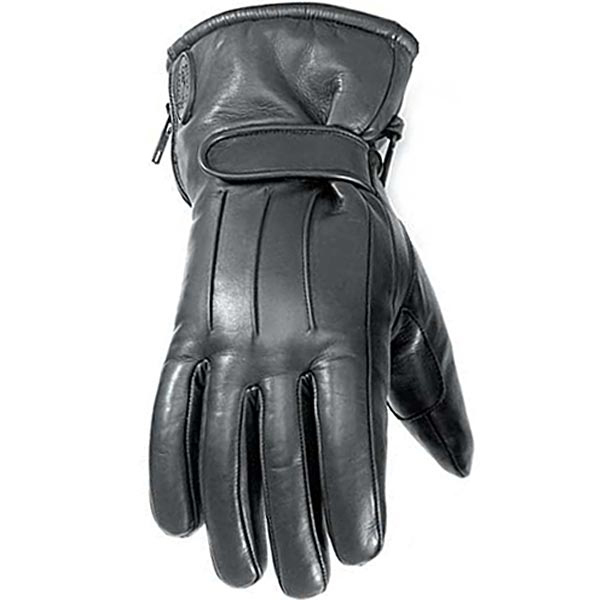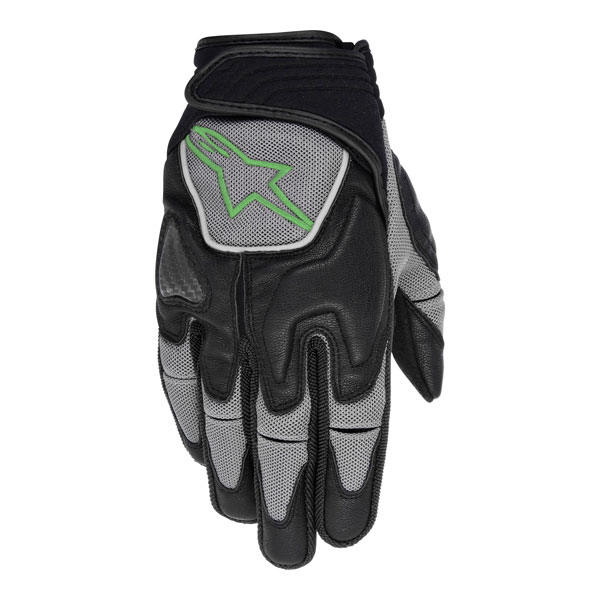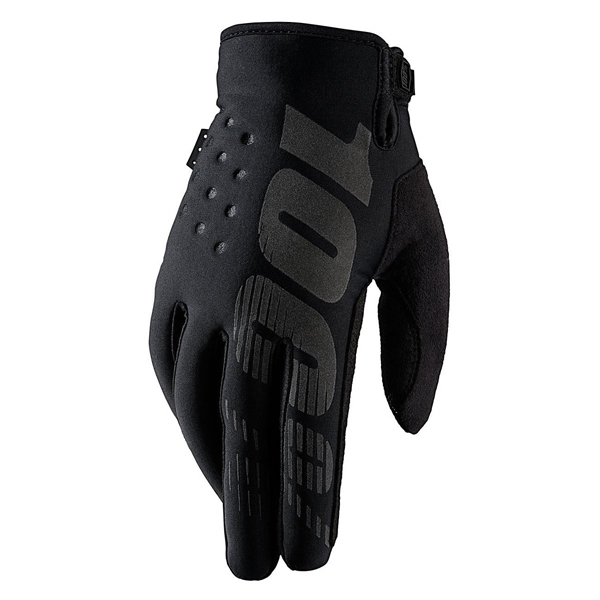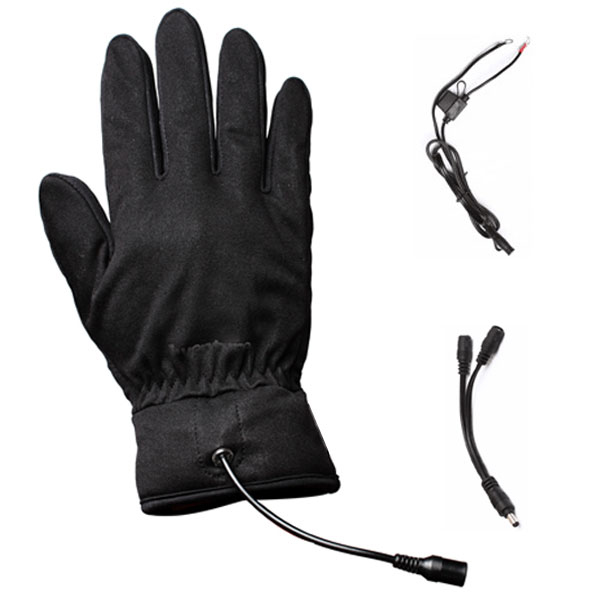A Look at Riding Gloves
Posted by Ben Baker on Oct 26th 2016
| Picking a set of riding gloves should be a very important decision. Think about how often you use your hands. Think about what you do with them when riding. |
| You really need decent gloves to ride and they need to fit well. Try on as many as you can before buying a pair. The same listed size gloves from the same manufacturer may have slight differences that change the fit. |
| Gloves for riding come in two basic styles: |
| The wrist-length glove |
| The gauntlet which extends past the wrist and up the forearm |
| Fingerless gloves are not much better than not wearing gloves at all. Beyond that, styles, shapes, materials and inserts are too numerous to count. |
| GET FIT |
| Fit is critical. Part of the fit is how well you can use your hands while wearing the gloves. |
| You can ride with heavy duty welding gloves and get great hand protection. You sacrifice all fine control ability. You can wear surgical gloves and keep 100 percent of your fine control but get zero protection. |
| So what’s best? That depend on riding conditions. If you’re just out for a Sunday afternoon cruise in July, some light leather gloves is all you need. Just enough to provide protection, but not enough to make your hands sweat profusely. |
| If you are riding in winter, you need insulated gauntlets. |
| If you are headed off road, you need armored gloves and gauntlets are better. |
| The other part of the fit is how they are on your hands. Gloves need to be snug but not tight. Too tight and blood flow is restricted, not a good thing. |
| Flex is important. Riding means you have to bend your fingers a lot. If the gloves resist bending, then your fingers will get tired and possibly cramp a lot faster. Too stiff also means you lose fine controls for things like turn signals. |
| LEATHER |

| Leather sets the standard for gloves. It’s tough and durable. Treated right, it lasts for years. With proper care, leather is also water resistant. A soaking rain won’t hurt leather gloves, but putting them in the washing machine will. |
| Leather comes in different grades and from different animals. Cowhide is the most common leather. Goat skin leather is often softer. Kangaroo leather is both softer and tougher than cowhide. Deer hide is also used in gloves these days. |
| SYNTHETIC |

| Some common types are canvas, Dupont Cordura, nylon, Gore-Tex, Kevlar and neoprene. Neoprene is great for cooler temps, but it does not breath at all. Neoprene is the material diving wetsuits are made from. |
| Kevlar is the same material that some bullet-resistant clothing is made from. It’s great for stopping small direct impacts and some cuts. It doesn’t do much for blunt force. |
| ARMORED |
![]()
| Pads on the palm, across the bridge of the hand and on the back over the knuckle joints are armor. This can be as simple as an extra layer of material all the way up to sold inserts. The amount of armor you need is directly proportional to the amount of abuse you expect to take. Serious off road riders need maximum protection. |
| Armor can be made from just about anything. Inserts are often plastic, carbon fiber or steel plates. |
| INSULATED |

| Winter gloves are insulated. Insulation material is most often synthetic but wool and cotton are used. Thinsulate is a very common material. It’s light weight and traps heat. Some of the heaviest winter gloves have removable insulation inserts; You can take the insert out for washing. |
| HEATED |

| These gloves are designed for the riders who putt around in really cold weather. As riders who hit the road in winter know, leather and neoprene are not always enough to keep the cold at bay. Hand guards on the bars offer some protection, but even that is not always enough. |
| Heated gloves just have elements in them similar to that in a heating pad or electric blanket. They can draw power from batteries, connect to your ride’s electrical system or use replaceable chemical packs to generate heat. |
| Heated gloves can be made from any material. They can be armored or not. |

